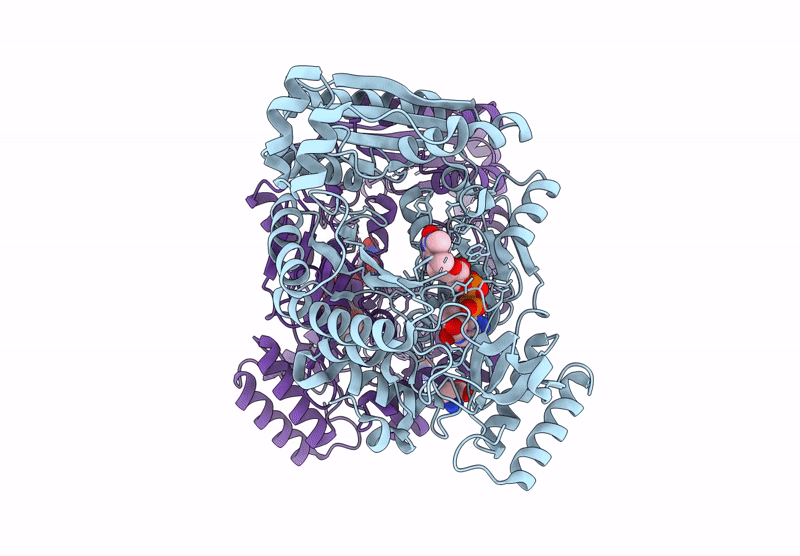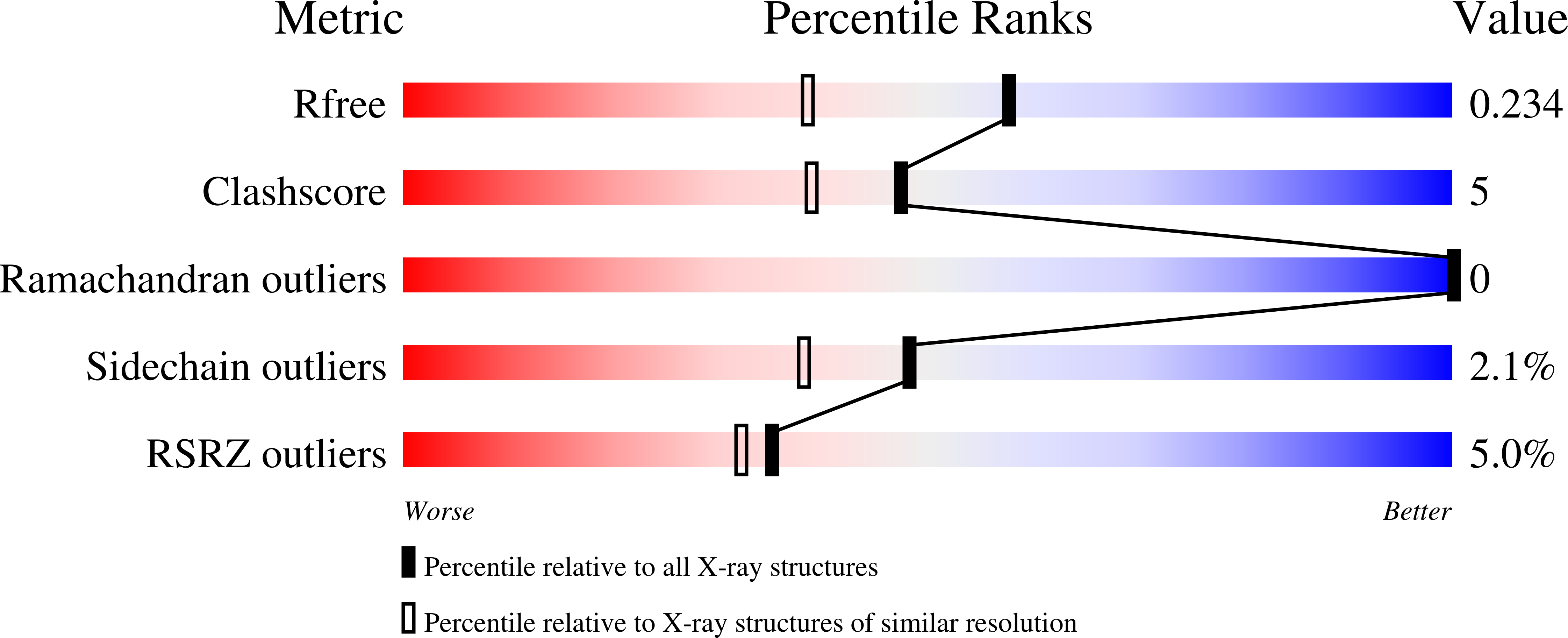
Deposition Date
2024-10-17
Release Date
2024-12-11
Last Version Date
2024-12-11
Method Details:
Experimental Method:
Resolution:
1.80 Å
R-Value Free:
0.22
R-Value Work:
0.18
R-Value Observed:
0.18
Space Group:
P 21 21 21


